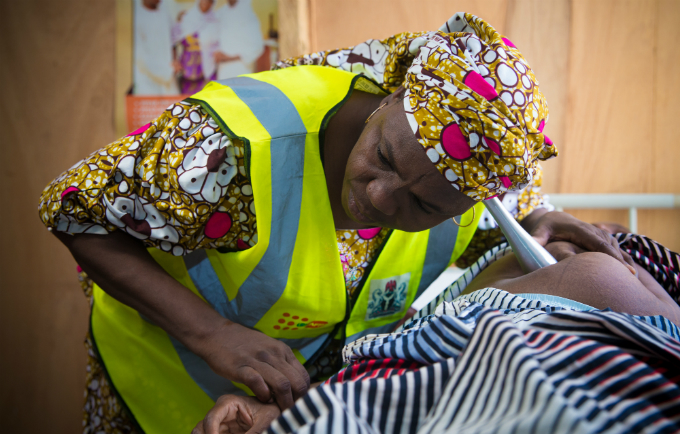Nigeria’s Total Fertility Rate (TFR) has witnessed a significant decline, dropping from 5.3 children per woman in 2018 to 4.8 in 2024, according to the 2024 Nigeria Demographic and Health Survey (NDHS) report. This notable decrease marks a major demographic shift over the past five years. The Minister of State for Health and Social Welfare, Dr. Iziaq Salako, unveiled this information during the report’s launch in Abuja.
The decline in TFR reflects gradual improvements in access to and utilization of family planning services nationwide. Notably, modern contraceptive use among currently married women saw a modest increase to 15% in 2023 from 12% in 2018. Moreover, the satisfied demand for family planning rose to 37%. Although these advancements are encouraging, they still fall below the levels required to drive rapid social and economic progress.
Key health indicators have also shown progress. Antenatal coverage currently stands at 63%, while skilled birth attendance is at 46%. Postnatal coverage within two days after delivery has risen from 38% in 2018 to 42% in 2024. The under-five mortality rate has dropped significantly from 132 deaths per 1,000 live births in 2018 to 110 per 1,000 in 2024. However, neonatal mortality has remained nearly stagnant, moving from 39 to 41 per 1,000 live births within the same period.
The Minister emphasized the need for more efforts to reduce neonatal deaths, which account for about 40 to 45% of under-five mortality. To address these challenges, the ministry has initiated policy reforms, including the Maternal and Maternal Fatality Reduction Initiative and the Nigerian Child Survivor Act (2023–2025). These initiatives aim to provide targeted interventions through better health investment, improved coordination, and stronger community involvement.
The 2024 NDHS report is a crucial tool for understanding population trends, child and maternal health, nutrition, malaria, HIV, and other development indicators. The survey, implemented by the National Population Commission (NPC) with support from development partners, provides fresh insights into Nigeria’s demographic landscape. The World Bank has also expressed its intention to utilize the data for analytical work and policy modeling in key areas such as health, education, and nutrition.
The success of the 2024 NDHS demonstrates the importance of institutional collaboration and data-driven governance. As Nigeria continues to navigate its demographic and health challenges, the report’s findings will play a vital role in shaping policy responses and guiding interventions. The data will also enable sub-national governments to identify areas requiring urgent attention, ultimately contributing to measurable improvements in the country’s health system.
